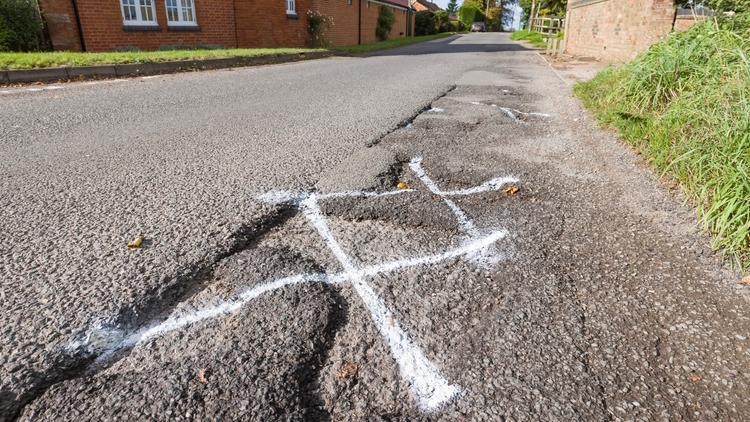
The Department for Transport (DfT) will introduce a draft data standard for the monitoring of road conditions for the 2023/24 financial year.
Following a review of the road condition monitoring regime, the DfT will remove its current prescriptive approach and introduce a new data standard and allow local highway authorities to use any monitoring technology that aligns with this standard.
Currently local authorities must collect data using Surface Condition Assessment for the National Network of Roads (SCANNER) survey vehicles.
In a statement, the DfT noted: “SCANNER technology continues to be robust and valued by many local authorities, however an increasing number of competing technologies now offer alternative choices to local authorities… but the current prescriptive requirements create a barrier to entering the market that discourages innovation.”
To open up the market to rival suppliers and technologies, the new data standard will be developed with which all will need to align.
To achieve this, the DfT will form a steering group of representatives from local authorities, suppliers, and relevant sector bodies. The steering group will agree the principles and requirements for the standard and oversee its implementation.
The standard’s timeline
By the end of 2022, the DfT plans to have tested the draft standard and finalised it.
In February 2023, the DfT will review the existing data requirements for 2023 to 2024, and then introduce a draft of the data standard for local highway authorities to use for their data collection in 2023/24.
In 2024, the DfT proposes that it will publish experimental statistics under the draft data standard, consult with the sector on the data standard and make any necessary amendments, and then formally implement the standard.
Once the standard is live, the DfT plans to consult regularly with the steering group to ensure the standard remains fit for purpose and “responds to new innovations”.











